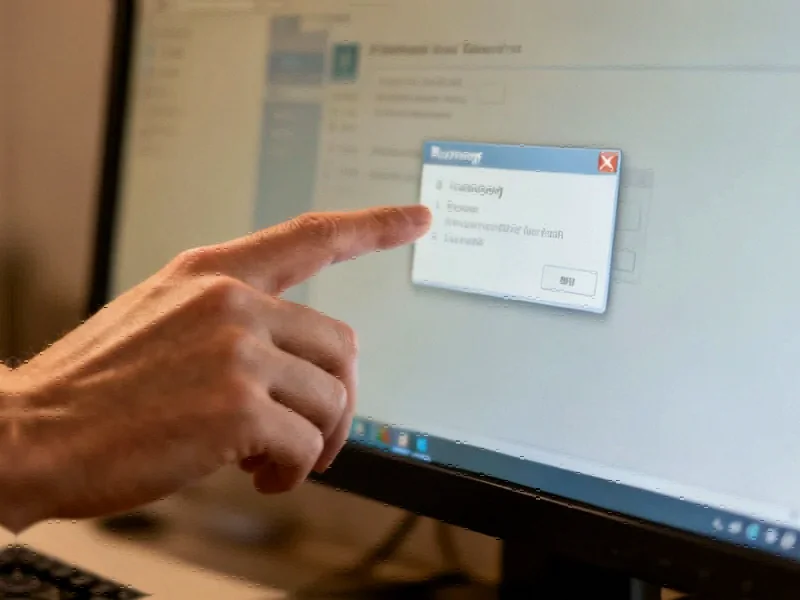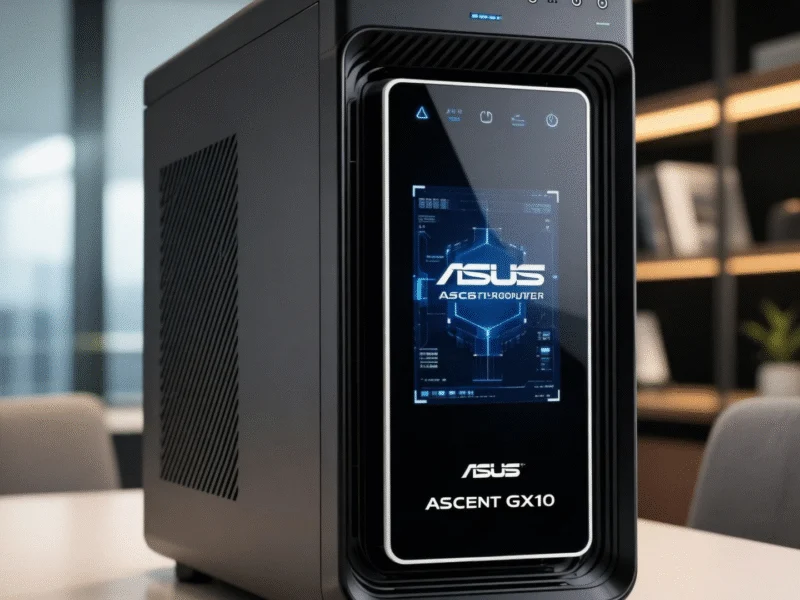Understanding the Windows 11 Recovery Environment Glitch
Microsoft’s October security update, intended to patch over 170 vulnerabilities, has inadvertently introduced a significant hiccup for Windows 11 users. Specifically, the update disrupts the functionality of USB keyboards and mice within the Windows Recovery Environment (WinRE), a critical tool for troubleshooting boot issues. This means that if your system fails to start correctly and enters recovery mode, you may find yourself unable to navigate the options needed to fix the problem. The issue is confirmed to affect Windows 11 versions 25H2 and 24H2, as well as Windows Server 2025, highlighting the importance of staying informed about critical infrastructure risks in today’s tech landscape.
What Is WinRE and Why Does This Bug Matter?
The Windows Recovery Environment is a separate, minimal operating system that boots when Windows cannot start normally. It provides access to tools like System Restore, Startup Repair, and Command Prompt, which are essential for diagnosing and resolving boot failures. Without a working keyboard or mouse, users are locked out of these resources, potentially leaving their systems in an unrecoverable state without alternative methods. This situation underscores how even routine updates can impact system reliability, a concern that parallels industry developments in software lifecycle management.
Microsoft’s Response and Temporary Workarounds
Microsoft has acknowledged the problem on its known issues page and is working on a permanent fix expected in the coming days. In the meantime, users have a couple of options to regain control. If you have access to a PS/2 keyboard or mouse and a compatible port on your PC, these legacy input devices should work seamlessly in WinRE, as the glitch is isolated to USB connections. For those without such hardware, uninstalling the problematic update (KB5066835) is a viable solution, provided you can boot into Windows normally. Navigate to Windows Update > Update History and select the uninstall option for this specific update. For more detailed guidance on this update’s implications, refer to this priority coverage.
Broader Implications and Additional Bugs in the October Update
Beyond the WinRE issue, the October update has introduced other quirks that users should be aware of. For instance, IIS websites hosted locally may fail to load, affecting Windows 11 25H2, 24H2, and Windows Server 2025. Microsoft is addressing this in a future update. Additionally, some users report that the File Explorer preview window incorrectly flags files from cloud or network sources as potentially harmful, disrupting workflow. These bugs serve as a reminder of the complexities in software deployment, much like the challenges seen in related innovations in technology sectors.
Proactive Steps and Best Practices for Users
To mitigate such issues, consider these strategies:
- Keep backups current: Regularly back up your data to avoid loss during recovery scenarios.
- Test recovery tools: Periodically check if WinRE is accessible and functional on your system.
- Stay informed: Follow official channels for update announcements and known issues before installing.
As software evolves, understanding these dynamics is part of adapting to market trends that shape user experiences. By taking a cautious approach, you can minimize disruptions and maintain productivity despite unexpected glitches.
Looking Ahead: What to Expect from Future Updates
Microsoft’s commitment to resolving these problems quickly is reassuring, but it also highlights the need for robust testing cycles. As AI and automation become more integrated into operating systems, as seen with upcoming Windows 11 AI agents, ensuring stability in core components like WinRE is paramount. Users should monitor for official fixes and consider delaying non-critical updates if they rely heavily on recovery tools. In the ever-changing tech environment, staying proactive is key to navigating both current and future challenges seamlessly.
This article aggregates information from publicly available sources. All trademarks and copyrights belong to their respective owners.
Note: Featured image is for illustrative purposes only and does not represent any specific product, service, or entity mentioned in this article.



